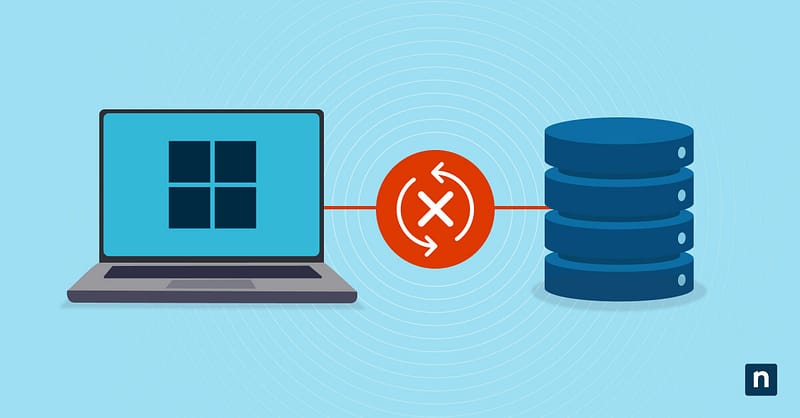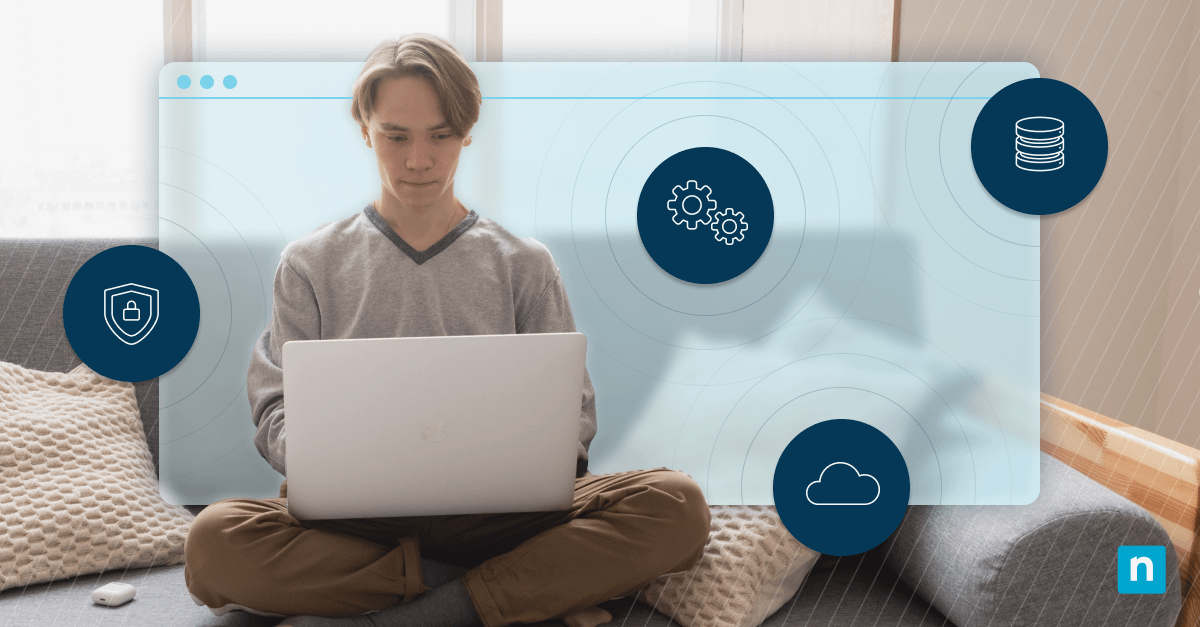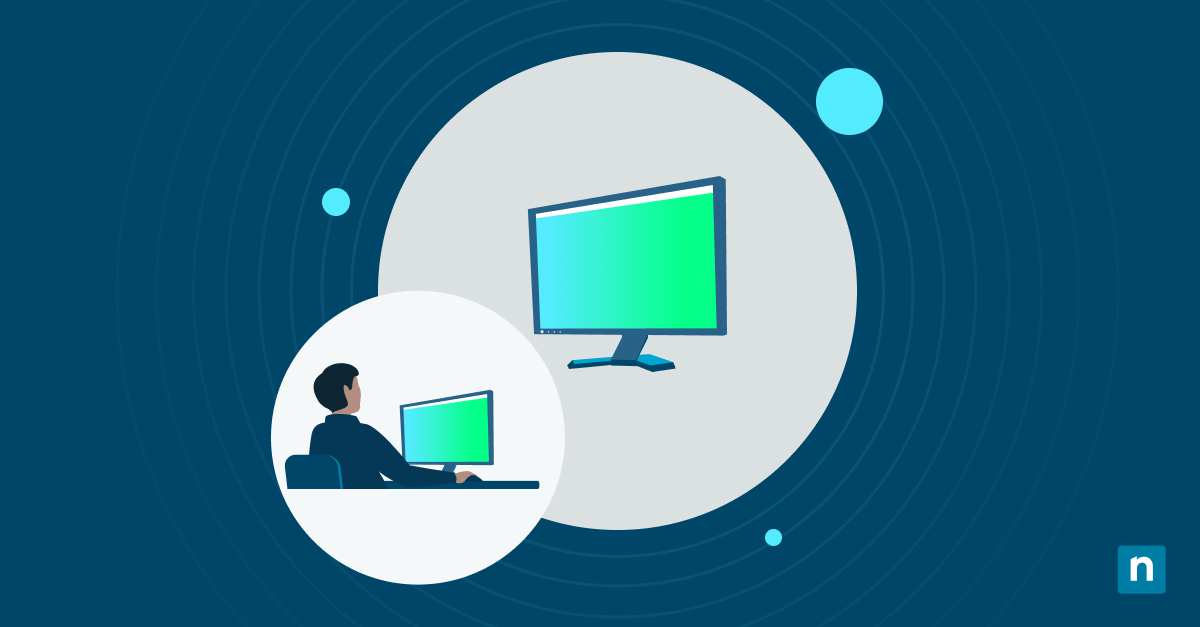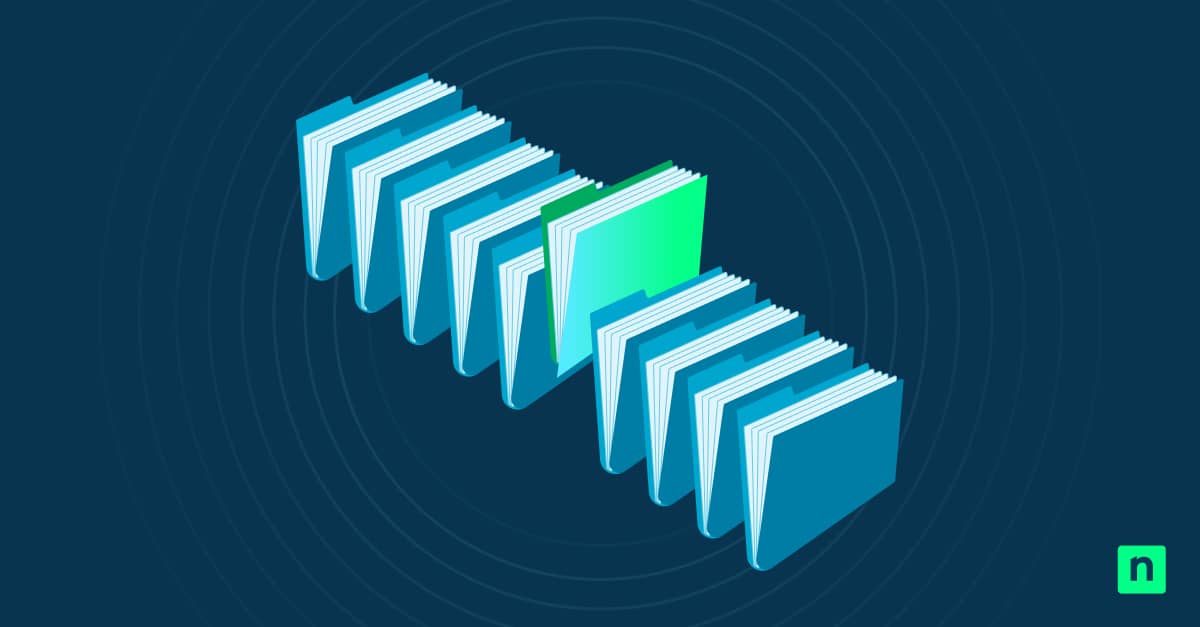Refreshing the desktop is one of the simplest yet important tasks Windows 11 users need to do. A quick refresh ensures the desktop accurately displays recent changes, such as newly added, moved, or deleted files and icons. Although Windows automatically does this for the user, some situations require a manual refresh to update the desktop view.
Keep reading to discover comprehensive methods to refresh the desktop in Windows, from basic right-click options and keyboard shortcuts to more advanced command-line utilities.
How to refresh the desktop in Windows
Windows 11 offers users various ways to refresh the desktop, catering to different user preferences and system configurations.
Method 1: Using the context menu (GUI)
This simple method is ideal for a quick, manual refresh, especially for users already interacting with their desktops using a mouse or trackpad.
- Right-click on an empty area on the desktop to open the context menu.
- On the context menu, select Refresh.
Note: In earlier builds of Windows 11, you may need to click Show more options to access the traditional context menu where the Refresh option is listed.
Method 2: Using keyboard shortcuts
This method may be the best option if you are a power user or are already comfortable using keyboard shortcuts.. These shortcuts are also useful in case your mouse or trackpad becomes unresponsive.
You can try these two options:
- F5 key: While on the desktop, press the F5 key to refresh the screen.
- Shift + F10: Pressing Shift + F10 will open the classic context menu, where you can select the Refresh option.
Method 3: Using Command Prompt
If you have stubborn desktop icon display issues that previous methods cannot resolve or legacy app icons needing reloading, consider using Command Prompt to force a refresh. This is ideal for IT administrators and advanced users managing multiple systems.
- Open Command Prompt as Administrator. Press Windows key + R, type “cmd,” and press Ctrl + Shift + Enter.
- Copy and paste this command before hitting Enter: ie4uinit.exe -show
Note: This command has a limited scope, as it refreshes only desktop-related UI elements and not currently open Windows or folders. It may appear to do nothing after execution, particularly if no icon-related issues, such as a blank desktop and missing or incorrect icons, are visible. Only use this command when trying to fix a broken icon display, not as a general-purpose desktop refresh tool.
Method 4: Restarting Windows Explorer
This is the most comprehensive method that you can use as a troubleshooting step for deeper issues, such as when the desktop is completely frozen or unresponsive. Aside from refreshing visuals, it also reinstates core desktop processes that can help fix various problems and effectively reload the desktop environment.
- Open Task Manager. You can use the keyboard shortcut Ctrl + Shift + Esc, or right-click the taskbar and select Task Manager.
- Under Processes, right-click the Windows Explorer entry and select Restart.
Reasons why the Windows desktop doesn’t refresh automatically
In Windows 11, a desktop refresh is usually automatic. However, in certain scenarios, you may need to do it manually to see accurate changes. It’s essential to understand a few underlying factors that can cause an automatic desktop refresh to fail:
- OneDrive and cloud syncing services: Cloud storage services may interfere with desktop updates, especially when files are synced or unsynced rapidly. When syncing fails, the desktop may display incorrect or missing icons.
- File system latency and glitches: Desktop updates may be delayed due to the occasional lag in system file operations. This is especially common in systems under high load or using slower storage devices.
- Display driver or GPU issues: Display drivers play a key role in rendering UI elements, including desktop components. Incompatible or outdated drivers can prevent visual elements on the desktop from updating properly.
- Windows Explorer performance issues: Windows Explorer, which manages the desktop environment, can sometimes become sluggish or unstable and prevent an automatic refresh.
- Icon cache corruption: If the icon cache becomes corrupted, the desktop may display ghost icons, outdated visuals, or even stuck elements despite recent file changes.
- Third-party software interferences: Customization tools, file managers, and aggressive antivirus programs can block or delay desktop updates.
Troubleshooting when manually refreshing the desktop doesn’t fix the issue
In some cases, the desktop still won’t reflect recent changes even after attempting a manual refresh. This can indicate a deeper issue requiring more targeted troubleshooting.
- OneDrive conflicts: If your synced files appear on the OneDrive web interface but not on the desktop, or if deleted OneDrive files reappear on your desktop, consider pausing the syncing feature via the OneDrive system tray icon. You may also try restarting OneDrive.
- Icon cache corruption: The icon cache may be corrupted if desktop icons don’t display correctly or appear blank. Try to rebuild the icon cache using Command Prompt to fix this issue.
- System file corruption: Corrupted system files can make desktop icons unresponsive and prevent a desktop refresh. Consider running the System File Checker command below in an elevated Command Prompt:
sfc /scannow
This will scan all your protected system files and replace any corrupted versions with clean copies from the system cache.
Frequently Asked Questions
Is it safe to restart Windows Explorer to fix desktop issues?
Yes, restarting Windows Explorer is generally safe and should not affect your files or installed applications. It is a simple fix for frozen UI elements or persistent refresh issues without rebooting the entire system.
Does refreshing the desktop affect open programs or unsaved work?
No, it should only affect the display of desktop icons and shortcuts. It will not close programs, modify files, or interfere with open applications.
Will refreshing the desktop restore missing shortcuts or deleted files?
No, refreshing cannot recover deleted or lost items, as it only updates the current desktop display. Instead, you can check the Recycle Bin, OneDrive version history, or backup tools to find and restore recently deleted files.
Why does the desktop refresh slowly after boot or login?
Slow refresh after startup is often caused by high system load or background startup apps. To improve performance, ensure your system is healthy and lower your CPU usage. You should also consider disabling unnecessary startup programs.
Maintaining desktop reliability by refreshing
Learning how to refresh the desktop in Windows 11 manually will help you fix display issues promptly and see all recent changes accurately when auto-refresh fails. Depending on your desktop needs, you can choose from various refresh methods, including GUI options, keyboard shortcuts, and command-line commands. Additionally, troubleshooting underlying issues, like OneDrive conflicts or system file corruption, should restore the automatic desktop refreshing functionality. By understanding and applying the correct approach based on the situation, you can maintain a stable desktop experience.








